Buried Treasure in Underused, Little-known, and Untapped Civil War Resources!
In today’s blog we’re going to explore some underused, little-known, and untapped Civil War resources you can use to significantly enrich your family history. Most researchers are familiar with military pensions and service records, but the war generated many more records that you may not be aware of, and not all of them were official government records. Supplement to the Official Records of the Union and Confederate Armies This set of 100 volumes, edited by Janet B. Hewitt, supplements the Official Record of the Union and Confederate Armies (Wilmington, NC: Broadfoot Publishing Co., 1994-2001). The Supplement is divided into four parts (Reports, Records of Events, Correspondence, and Secret Service) and includes official accounts of battles, skirmishes, scouting expeditions, signal maneuvers, narratives of troop movements, correspondence, and intelligence files (Fig. 1). Also included are a few courts-martial, courts of inquiry, and court proceedings. Some of the material is specifically referred to...




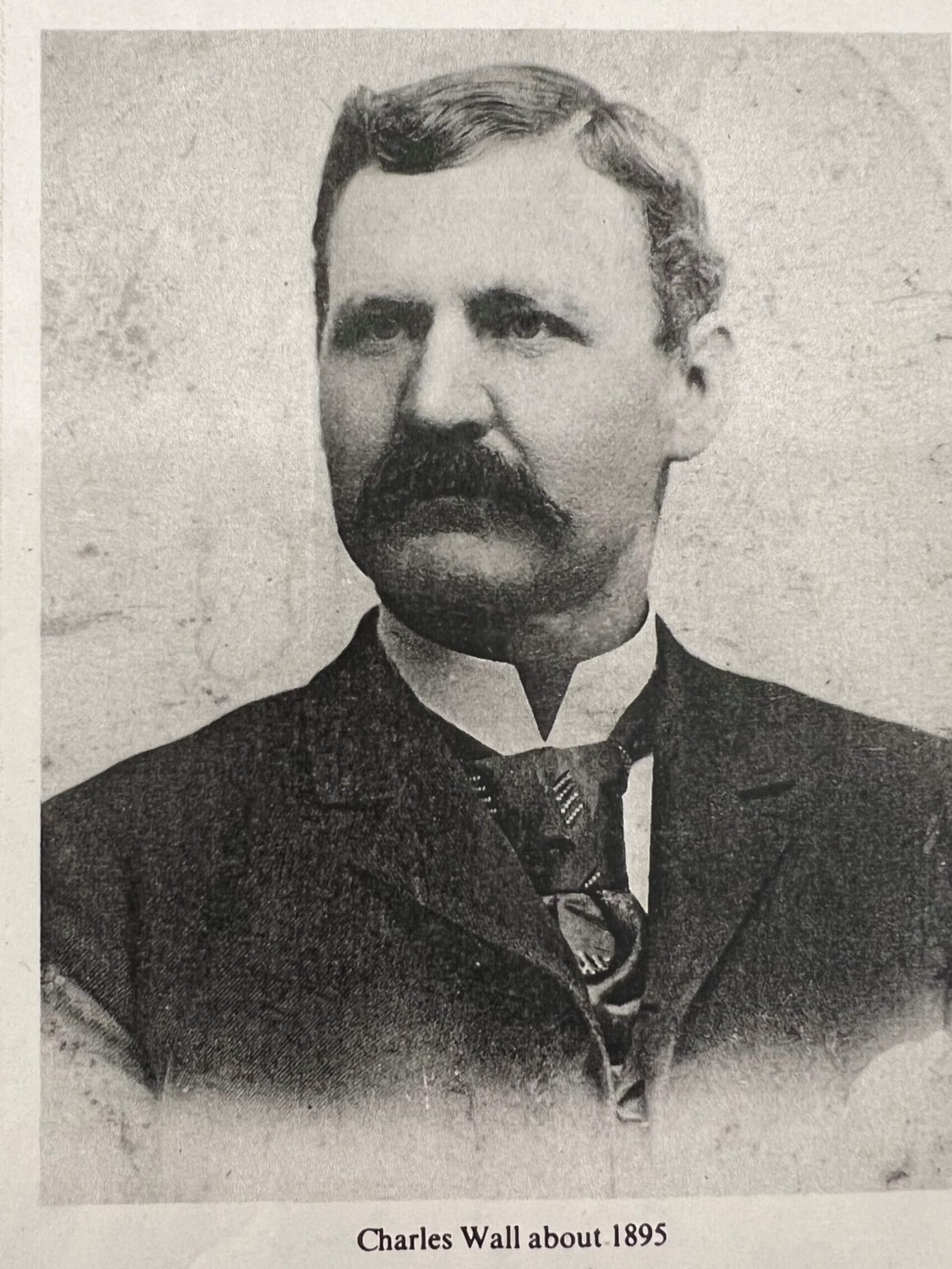

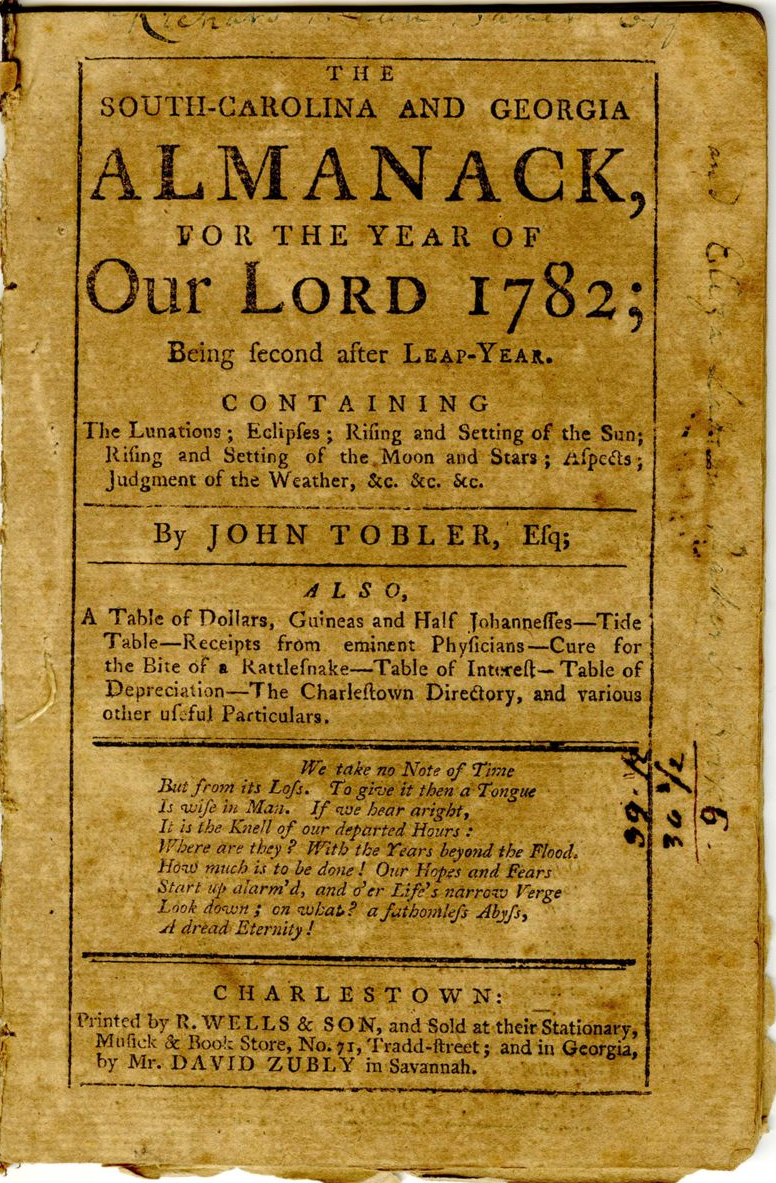
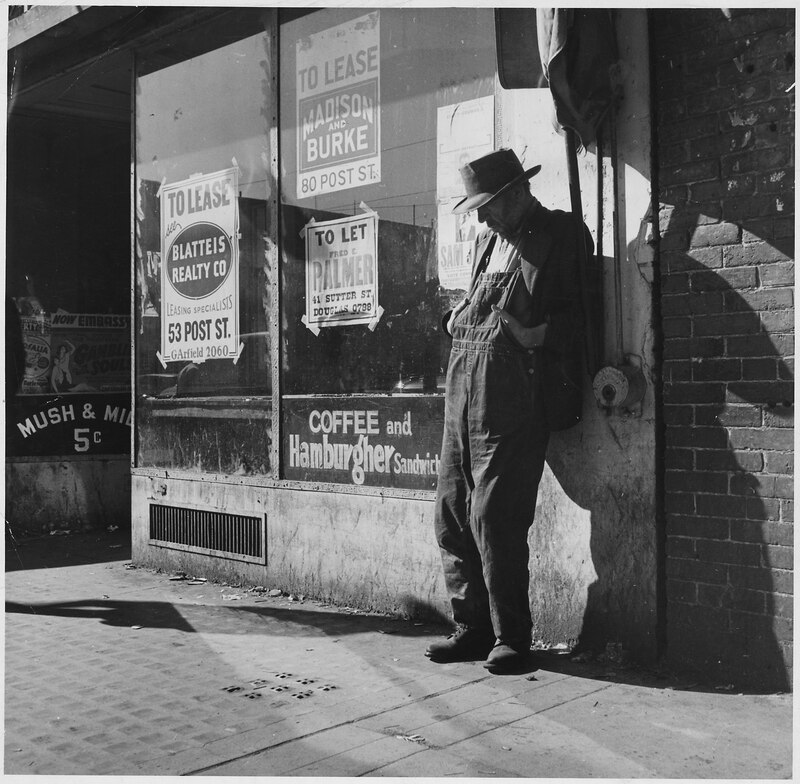
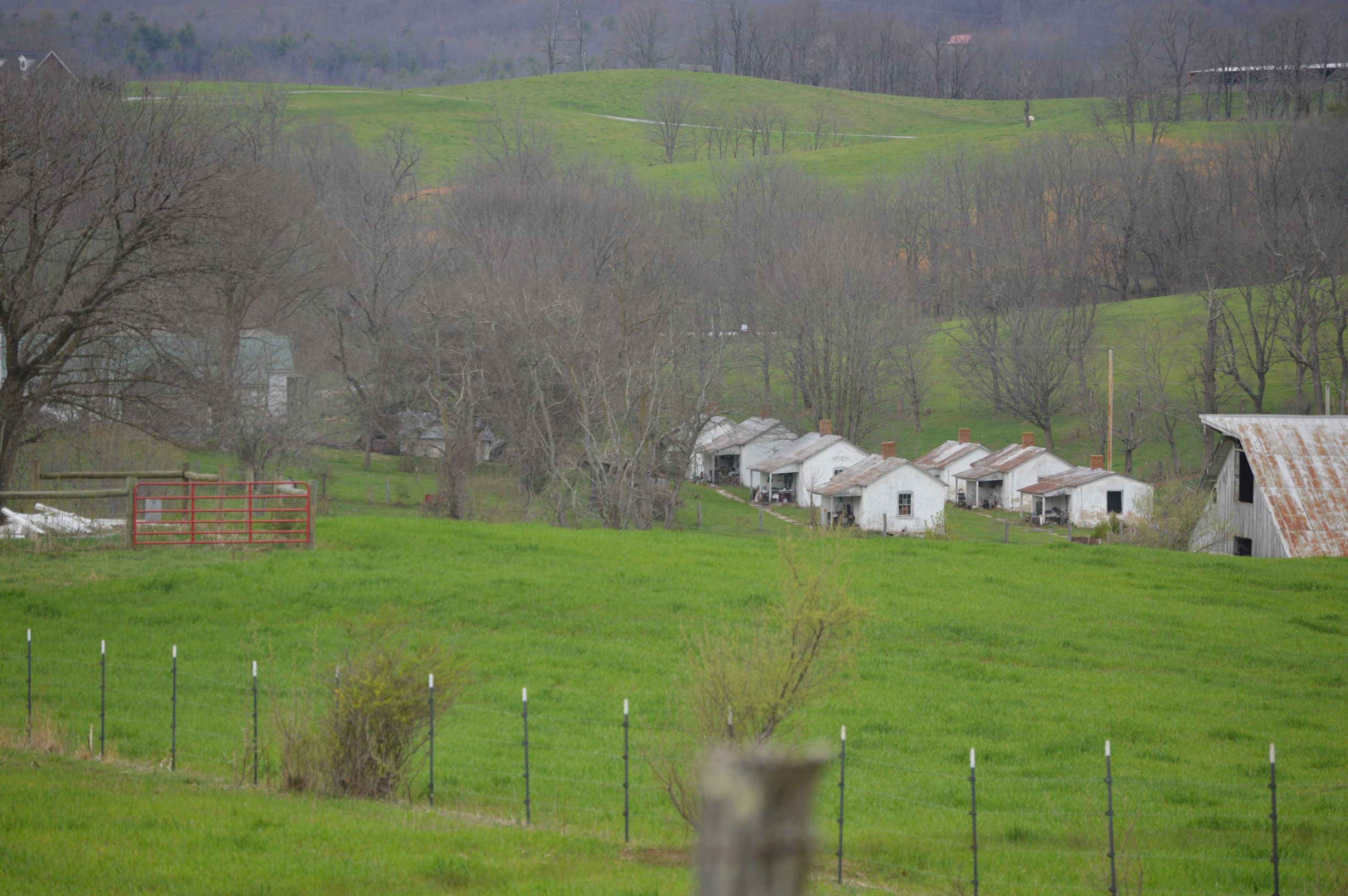
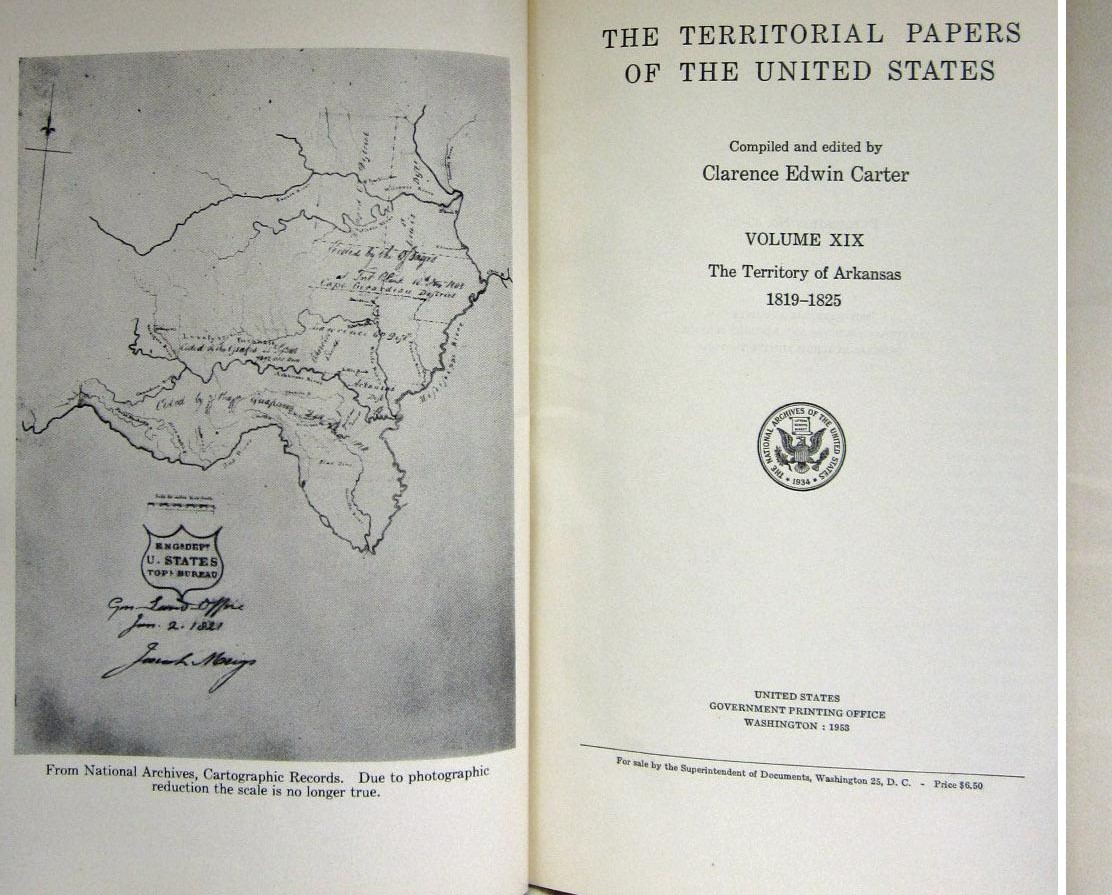
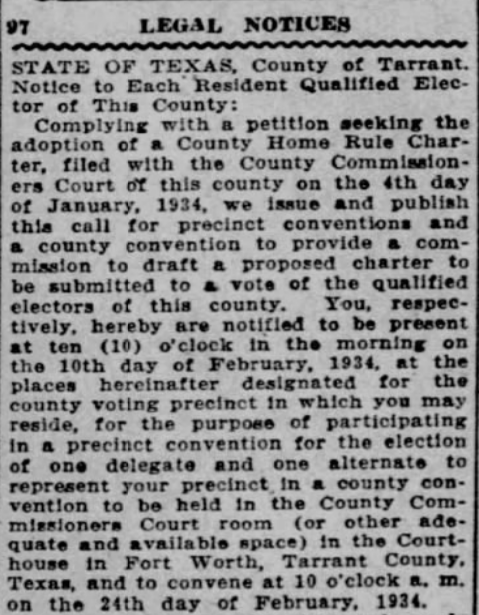
Recent Comments